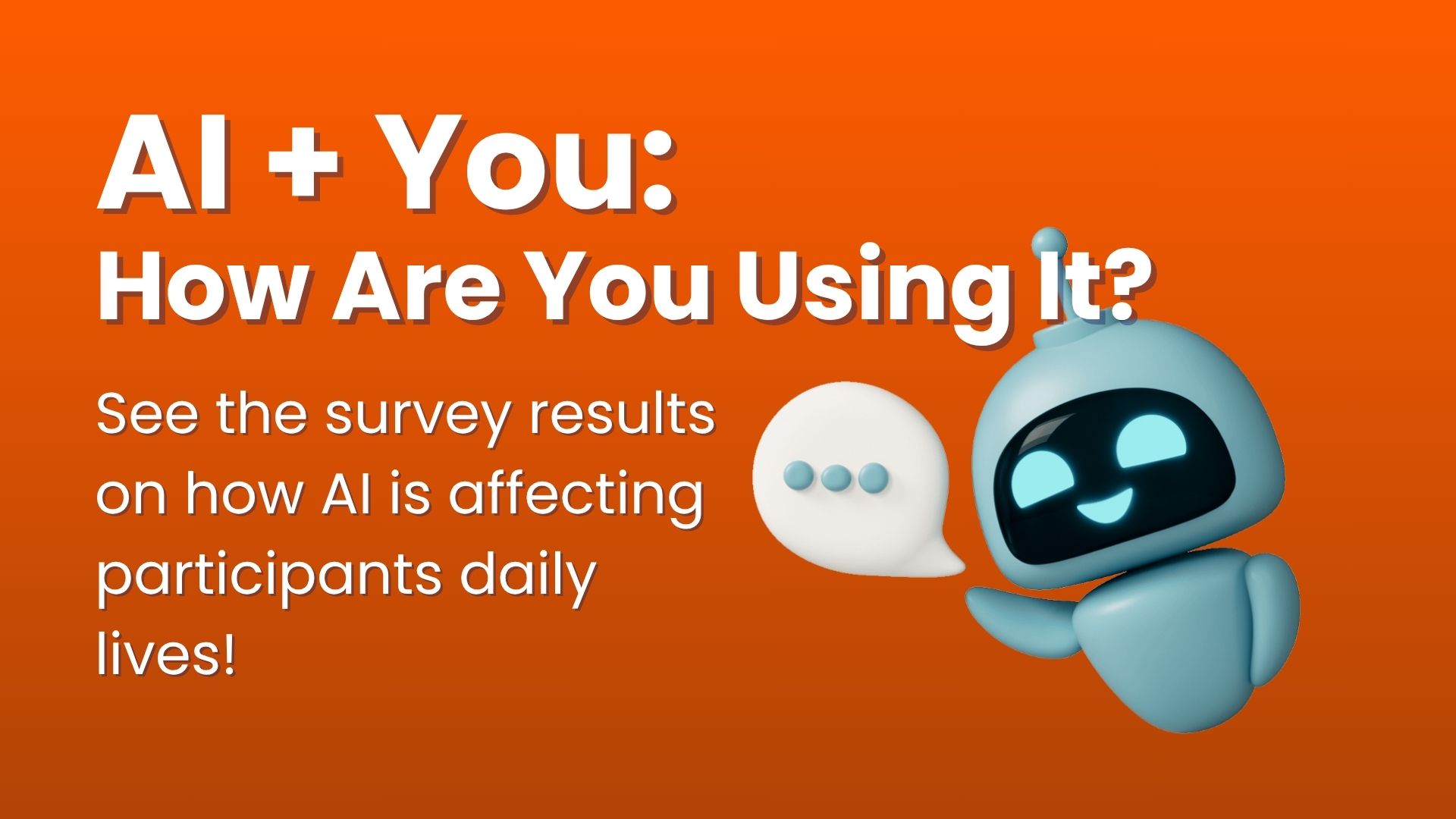You may know your business inside and out—but your website visitors don’t. And if your site is confusing, cluttered, or missing key info, they won’t stick around to figure it out.
The hard truth? Even websites that look good can frustrate users if the design, messaging, or layout isn’t aligned with how real people think and search.
Let’s look at three common (but fixable) ways your website might be confusing customers—without you even realizing it.
1. Your Messaging Isn’t Clear (or Is Trying to Say Too Much)
Your homepage has seconds to convince someone they’re in the right place. But if your messaging is vague, buried in buzzwords, or trying to communicate everything at once, you’re likely losing potential customers.
Ask yourself:
- Can someone immediately tell what you do?
- Are the benefits to your customers crystal clear?
- Is your hero section focused, or filled with generic slogans?
Fix it:
Lead with one strong, benefit-driven headline. Add a short subheadline that explains what you offer and for whom. Use everyday language your customers would actually say.
2. Your Navigation Is Overwhelming or Unintuitive
It’s great that you have a lot to offer—but if visitors can’t find it easily, it may as well not exist. Too many menu items, unclear labels, or buried pages create friction that sends users elsewhere.
Common culprits:
- Drop-down menus with 10+ options
- Pages labeled with internal jargon
- Inconsistent navigation between mobile and desktop
Fix it:
Simplify. Group content into logical categories. Use words your audience understands (e.g., “Work With Us” instead of “Solutions”). Keep the number of top-level links manageable—ideally 5–7.
3. Calls to Action Are Missing or Competing
If your site doesn’t guide visitors toward an action—like booking a call, requesting a quote, or signing up—they’ll leave unsure of what to do next. On the flip side, having too many CTAs can paralyze decision-making.
Fix it:
Make sure every page has one clear primary action. Use buttons with strong verbs (“Get a Quote,” “Book a Demo”) and place them consistently. Don’t rely on tiny links or hope people will scroll all the way down.
Make It Easy, Not Clever
A confusing website isn’t just a minor inconvenience—it’s lost revenue. Clarity wins every time. When in doubt, simplify your messaging, structure, and next steps. Your customers will thank you by sticking around.









